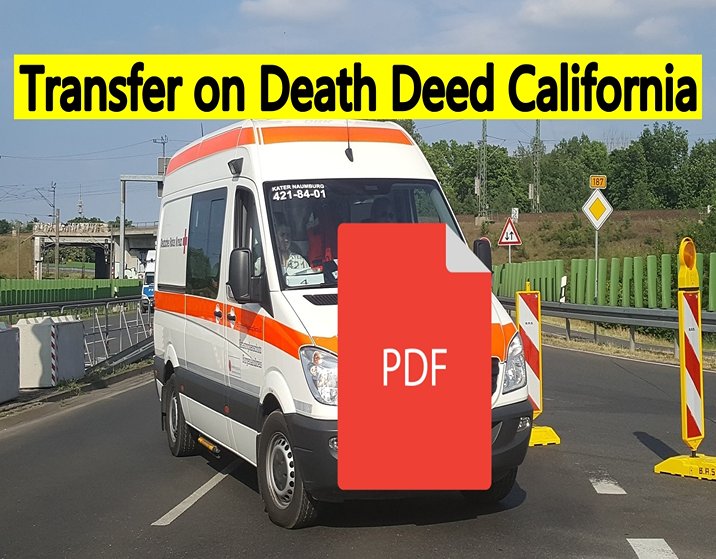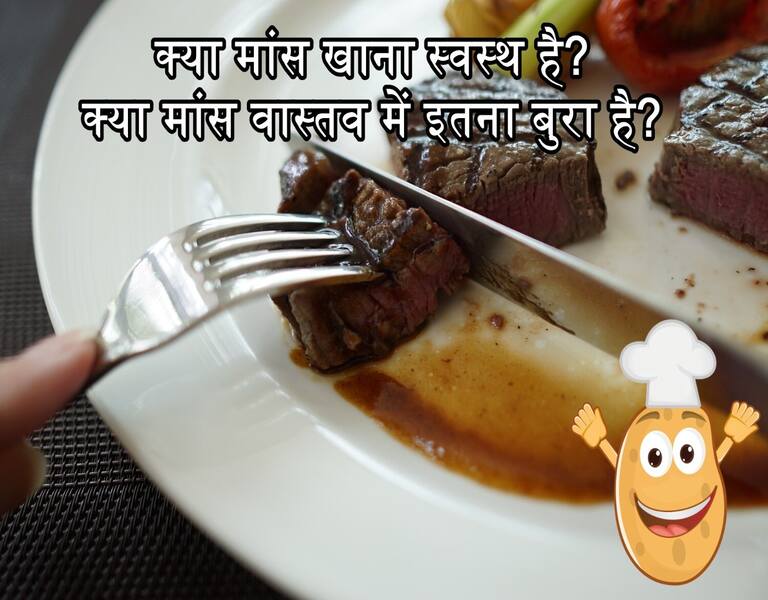[PDF] Transfer on Death Deed California Pdf 2024
Brief explanation of transfer on death deed in California
A transfer on death deed, also known as a TOD deed, is a legal document that allows property owners in California to transfer their real estate to designated beneficiaries upon their death, without the need for probate. This relatively new estate planning tool was introduced in California in 2016, providing individuals with a convenient and efficient way to pass on their property to loved ones. By utilizing a transfer on death deed, property owners can ensure a smooth transfer of their assets while avoiding the time-consuming and costly probate process.
Importance of understanding the process and requirements
Understanding the process and requirements of a transfer on death deed is crucial for property owners in California. While this estate planning tool offers convenience and efficiency, it is essential to be well-informed to ensure a smooth transfer of assets. Property owners must understand the specific legal requirements and steps involved in executing a transfer on death deed to ensure its validity and effectiveness. Additionally, being knowledgeable about the potential benefits and limitations of this deed can help property owners make informed decisions about their estate planning strategies to ensure a successful transfer of property after death.
Definition and Purpose of Transfer on Death Deed
Definition of transfer on death deed
A transfer-on-death deed, also known as a TOD deed, is a legal document that allows an individual to transfer their real property to designated beneficiaries upon their death without the need for probate. This type of deed is often used as an alternative to a traditional will or trust, as it provides a simplified and expedited process for transferring property. The purpose of a transfer on death deed is to ensure a smooth and efficient transfer of assets after death while also allowing individuals to maintain control and ownership of their property during their lifetime. By designating specific beneficiaries, individuals can dictate who will receive their assets after their deaths, ensuring that their wishes are carried out. [PDF] Transfer on Death Deed California Pdf 2024
Explanation of its purpose as a legal tool
A transfer on death deed serves as a legal tool to avoid the lengthy and costly probate process. Probate can often take months or even years to complete, tying up assets and causing unnecessary stress for loved ones. By utilizing a transfer on death deed, individuals can ensure that their property is transferred directly to their chosen beneficiaries without the need for court intervention. This legal document allows for a smooth transition of assets and provides peace of mind that one’s wishes will be respected and followed. Additionally, a transfer on death deed allows individuals to retain control and ownership of their property during their lifetime, allowing them to avoid potential conflicts among family members or other heirs.
Comparison to other estate planning options
Key Steps to Create a Transfer on Death Deed in California
Research and familiarize yourself with California laws and requirements
Research and familiarize yourself with California laws and requirements for creating a transfer on a death deed. It is important to understand the specific regulations and guidelines that govern this type of estate planning document in the state. This can be done by consulting legal resources, speaking with an attorney specializing in estate planning, or reviewing the California Probate Code. Familiarizing yourself with the laws will ensure that you are aware of the necessary steps and can navigate the process smoothly. [PDF] Transfer on Death Deed California Pdf 2024
Obtain the necessary forms and documents
Obtain the necessary forms and documents to create a transfer on death deed in California. These forms can typically be found online through the California government’s website or obtained from a local county recorder’s office. It is important to ensure that you are using the most up-to-date and legally recognized forms to avoid any complications or challenges to the validity of the deed in the future. Additionally, you may need to gather other supporting documents, such as a legal description of the property, a copy of the current deed, and any relevant death certificates or trust documents, to complete the probate process.
Requirements and Eligibility for a Transfer on Death Deed in California
Age and mental capacity requirements for the grantor
In California, the grantor must be at least 18 years old and of sound mind to execute a transfer on death deed. This means that they must have the mental capacity to understand the nature and consequences of their actions. It is important to note that if there are any concerns about the grantor’s mental capacity, it may be necessary to consult with a legal professional or healthcare provider to ensure that they meet the eligibility requirements. Additionally, it is crucial to comply with any additional state-specific requirements for the transfer of the death deed, such as witnessing or notarization requirements. [PDF] Transfer on Death Deed California Pdf 2024
Restrictions on property types that can be transferred using this deed
Restrictions on property types that can be transferred using this deed include real property, such as land and buildings, but typically exclude certain types of property, such as personal belongings or vehicles. It is important to review the specific laws and regulations in your state to determine what types of property are eligible for transfer using a transfer on death deed. In some cases, there may also be restrictions on transferring property that is subject to certain liens or encumbrances. It is recommended to consult with a legal professional to ensure that you fully understand the restrictions and requirements associated with transferring specific types of property using a transfer on death deed and any other relevant requirements.
Advantages and Disadvantages of Using a Transfer on Death Deed
Advantages such as avoiding probate and maintaining privacy
Potential complications and limitations in estate planning flexibility. While a transfer on a death deed can offer certain benefits, it is important to weigh them against the potential drawbacks before deciding whether this method of property transfer is the right choice for your individual circumstances. Avoiding probate is often cited as one of the main advantages of using a transfer on death deed. By designating beneficiaries in the deed, the property can pass directly to them upon the owner’s death, bypassing the need for probate court involvement. This can save time and money, as probate proceedings can be lengthy and costly.
Disadvantages including potential complications and limitations
However, it is crucial to consider the potential complications and limitations that may arise with a transfer of a death deed. One potential drawback is that the designated beneficiaries must survive the property owner in order to inherit the property. If a beneficiary predeceases the owner or is unable to take ownership, the property may end up going through probate after all. Additionally, if there are multiple beneficiaries named in the deed, conflicts and disputes among them can arise, leading to legal battles and delays in transferring the property. Another limitation is that transfers of death deeds may not be recognized or enforceable in certain states, which can cause confusion and potential legal issues.













